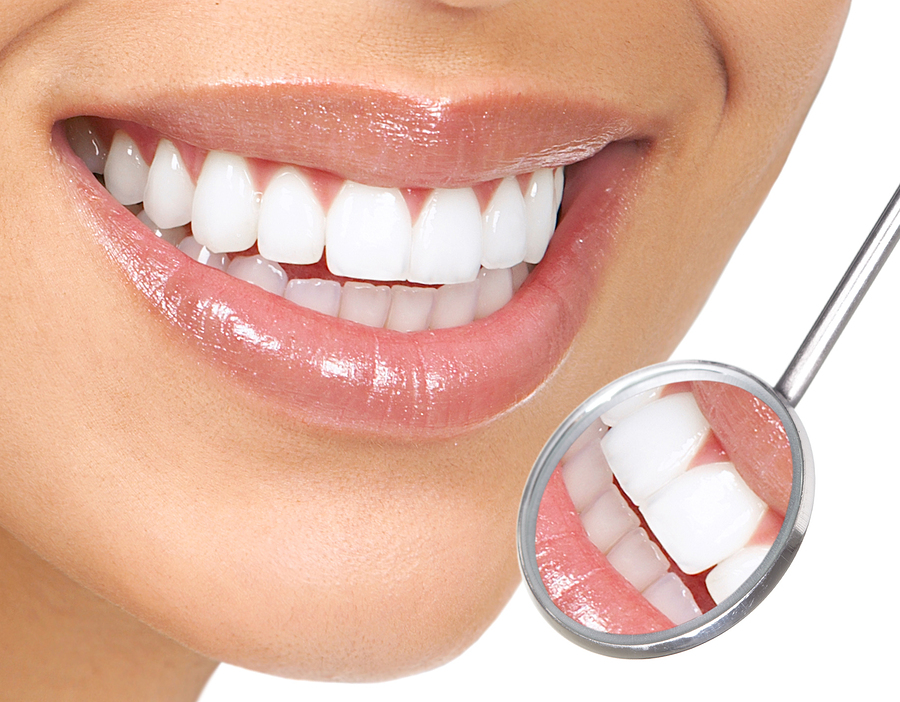Prosthodontics is an ingenious approach to oral health. Prosthodontic dentists treat patients who have missing teeth or damaged tissues making use of biocompatible alternatives that can be used to replace natural structures when restoring functionality and appearance following trauma; this can involve planning out treatments according to how long you have to wait until the next appointment.
You can improve the function and appearance of your teeth using crowns, fixed bridges or complete dentures. Prosthodontic treatment enhances your appearance and health, and also the appearance of people surrounding you. It increases the ability to speak and protects against the damage to your tissues that can lead to an aging.

It is vital to brush your teeth frequently. But did you also consider that regular oral hygiene could save you a lot of troubles? By flossing and brushing, you can to keep the rate of periodontal disease under control and will also prevent existing teeth from moving into missing space.
Dental Substitutes
Crowns and dentures are the most commonly used types of Prosthodontic dentistry replacements. Denture replacement involves the restoration of dental tissues around a missing part, while complete replacements cover the entire range from root to tip using dental materials like plastic or metal so that you can consume whatever you like you want without having to worry about getting choked on by any harmful substances that get stuck in between your teeth.
Denture patients are able to choose between metal, resin, or composite frameworks. Once the healing process is complete, the denture will be fitted to your mouth’s supporting tissues. This is done with assistance from dental specialists who know how best to adapt the properties of each material to ensure optimal ease of eating and other daily activities such as talking on the phone. Even if in full-suites, the patient will sit at their desk and wait for words to come out.
Partial dentures are a type dental prosthesis that can replace missing teeth. It is typically composed of a substitute tooth , attached to the base, connected to the base by precise attachments or clasps, and secured so that it is put on at all times while eating food without having to worry about spilling something on your mouth! They are the most well-known model, and they are a perfect fit with your gums.
Crowns and Veneers
Crowns are used to treat decayed teeth or other injuries that may have occurred in your life. If a dental filling is impacting the aesthetics, strength or the integrity of a smile, a crown can be placed on top-half or even the entire tooth. A crown that runs to the sides of the tooth while keeping them in place is the most well-known.
Crowns are as durable, durable, long-lasting, and just as attractive as veneers. There is a difference in that crowns cover the whole tooth, while a veiler covers only the top. Both types of crowns give you the same amount of protection from decay caused by dental work so which option works best for you will depend on your personal preferences.
For more information, click full mouth rehabilitation